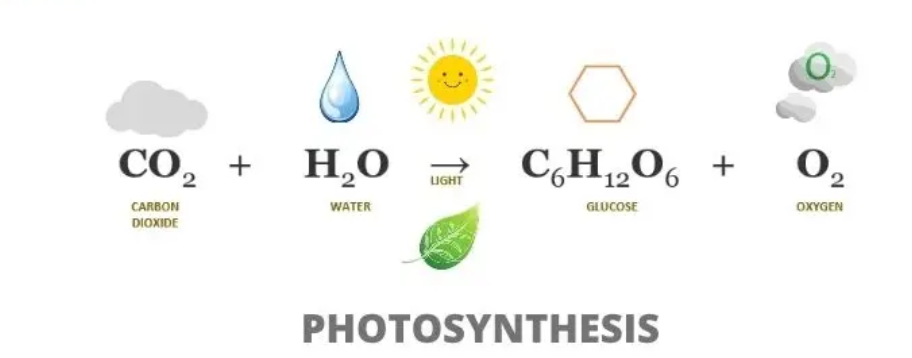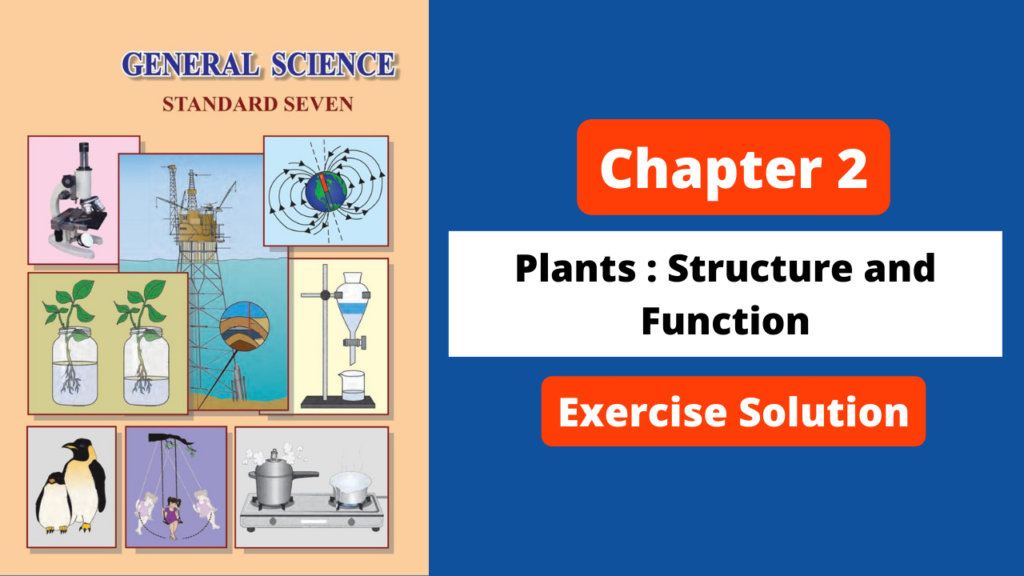1. Classify according to food-type.
Tiger, cow, vulture, bacteria, deer, goat, human, fungus, lion, sparrow, buffalo, frog, cockroach, tick.
Answer:
- Carnivores: tiger, Lion
- Herbivores: cow, deer, goat, buffalo
- Scavengers: vulture
- Decomposers: fungus, bacteria
- Granivores: sparrow
- Insectivores: frog Parasitic: tick
- Omnivores: human, cockroach
2. Match the pairs.
| Group ‘A’ | Group ‘B’ |
| 1. Parasitic plant | a. Mushroom |
| 2. Parasitic plant | b. Lichen |
| 3. Saprophytic plant | c. Drosera |
| 4. Symbiotic plant | d. Cuscuta |
Answer:
| Group ‘A’ | Group ‘B’ |
| 1. Parasitic plant | d. Cuscuta |
| 2. Parasitic plant | c. Drosera |
| 3. Saprophytic plant | b. Lichen |
| 4. Symbiotic plant | a. Mushroom |
3. Answer the following questions in your words.
a. Why do living organisms need nutrition?
Answer:
Living organisms need nutrition due to the following:
(a)To supply the energy required for doing work,
(b) For growth and development of the body,
(c) To replace the damaged cells and repair tissues,
(d) To fight diseases.
b. Explain the process of production of food in plants.
Answer:
1. Green plants can produce their own food. With the help of sunlight and chlorophyll, plants make their own food in their leaves, using water and nutrients from the soil and carbon dioxide from the air.
2. This process is called as photosynthesis. In this process plants give out oxygen and take in carbon dioxide.

c. What is meant by parasitic plants? Name their different types with examples of each.
Answer:
The plants that grow on the body of other plants to obtain food are called as parasitic plants.
There are two types of parasitic plants:
- Holoparasites: e.g. Rafflesiaceae
- Hemiparasites: e.g. Loranthaceae
d. Explain the various steps of nutrition in animals.
Answer:
Steps of nutrition in animals are as follows:
- Ingestion: Food is taken into the body.
- Digestion: Conversion of food into simple soluble forms.
- Absorption: Transfer of soluble food to the blood.
- Assimilation: Utilization of absorbed food by cells and tissues for energy production, growth and repair.
- Egestion: Removal of waste products and undigested food from body.
e. Name some unicellular organisms in which all life processes take place within their unicellular body.
Answer:
Unicellular organisms like amoeba, euglena, and paramoecium in which all life processes take place within their unicellular body.
4. Give reasons.
a. Insectivorous plants are attractively coloured.
Answer:
- Insectivorous plants generally grow in soil or water deficient in nitrogen compounds.
- The plant body of the Drosera burmanii has a flower like appearance. It grows close to the ground. Even its leaves are attractively pink or red in colour with hairs at the margin.
- Droplets of a sticky substances found on tips of the hairs attract insects.
- These plants consume insects to fulfill their need for nitrogen. To attract the insects these plants are attractively coloured.
b. Butterflies have a long tube-like proboscis.
Answer:
Holozoic mode of nutrition means the feeding of solid and liquid food by animals. Butterflies live on nectar from flowers. Therefore to suck the nectar from flowers, they have a long tube-like structure called proboscis.
5. Prepare and complete the flowchart according to type of nutrition.

Answer:

6. Think and answer.
a. We prepare a variety of foodstuffs and dishes at home. Are we then autotrophic organisms?
Answer:
- We prepare a variety of foodstuffs and dishes at home but we are not autotrophic organisms.
- In autotrophic organisms they have chlorophyll in their body and food is prepared here with help of sunlight, water and CO2 for the organisms.
- But the food which we prepare at home is not generated in our body.
b. Which organisms are greater in number – autotrophs or heterotrophs? Why?
Answer:
- Autotrophs have chlorophyll in the cell and here the organic food is prepared using sunlight, water and CO2.
- They do not depend on any other organism for survival.
- But the heterotrophs depend on autotrophs and other organisms for survival. Hence autotrophs are more in number than heterotrophs.
c. The number of heterotrophs found in desert regions is smaller. However, they are found in greater numbers in the sea. Why is this so?
Answer:
- In desert region due to scarcity of water and excess heat, very few cactus are found as autotrophs compared to sea. As autotrophs are less, number of heterotrophs dependent on autotrophs are smaller.
- Whereas in sea due to greater numbers of autotrophs, greater number of heterotrophs are found.
d. What damage or harm do ectoparasitic and endoparasitic animals cause?
Answer:
- Ectoparasitic animals suck the blood of the animal on which it remains and endoparasitic animals get readymade food from the body of animal in which it remain.
- This way both the parasites make the animal weak by sucking their blood or by eating prepared food from them.
e. Why is plant food not produced in any other parts of the plant except the green ones?
Answer:
Plant food is not produced in any other parts of the plant except the green ones because only green part contains chlorophyll and chlorophyll is very necessary for the production of food.


